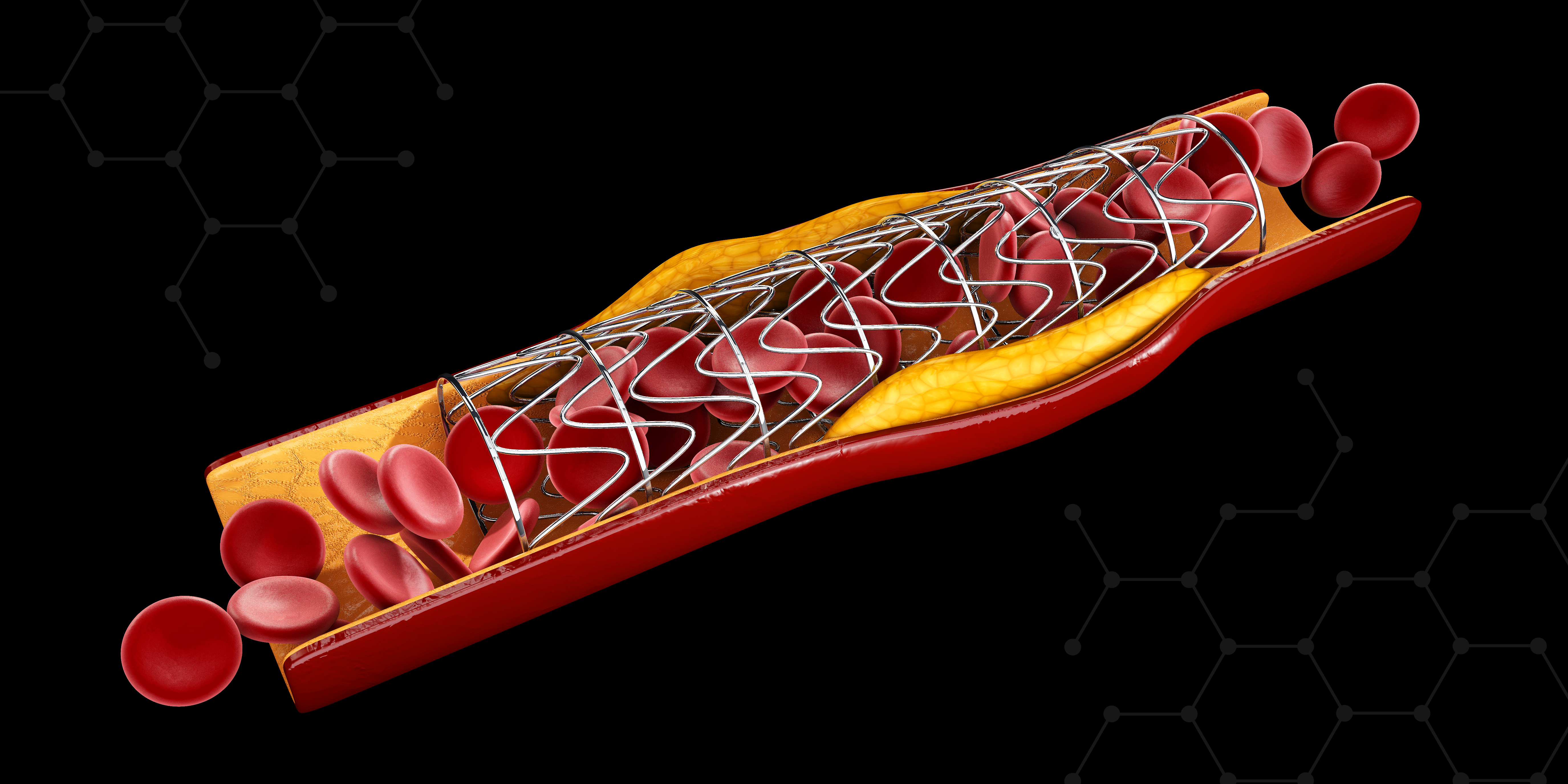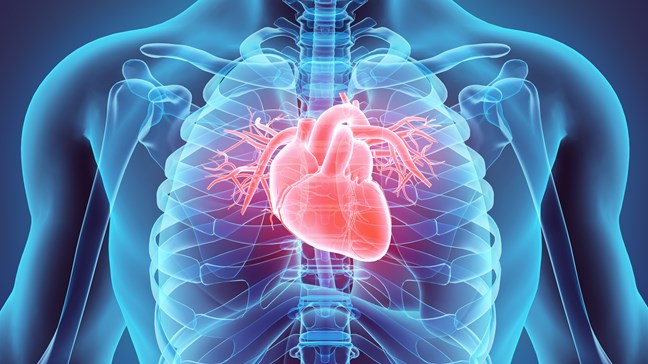TSR1 gene, encoding a ribosome biogenesis factor required for the maturation of 40S subunit, was identified as a potential cause of spontaneous coronary artery dissection (SCAD) in the study by Sun et al., published in the Journal of the American College of Cardiology.
SCAD is an important nonatherosclerotic cause of acute coronary syndrome among young or middle-aged females without cardiovascular risk factors. Although previous studies have reported mutations related to connective tissue disorders in sporadic SCAD cases, the exact pathogenesis remains unclear. To further the knowledge, the American Heart Association Scientific Statement designates genetic abnormality as one of the research priorities of SCAD. Advances in next-generation sequencing technology have empowered the discovery of genetic variants that demonstrate a mechanistic impact on disease phenotypes. The study from Sun and colleagues exemplified the utilization of whole-exome sequencing (WES) in identifying potential causative genes of SCAD.
The study recruited 381 individuals (85 SCAD cases and 296 non-SCAD controls; mean age 55.0 years; women 17.6%) from the Chinese Han population from December 2011 to March 2018. WES initially revealed 224,518 variants in exonic regions. After screening for variants with a minor allele frequency of <0.01 and filtration for the presence of deleterious variants, the investigators identified 46,206 variants harbored in 13,223 genes. Among these, according to gene-based association tests, four genes demonstrated a suggestive relevance to SCAD, with TSR1 ranked as the top hit. The functional association of TSR1 with SCAD was then examined by sequencing all the exons in a validation cohort consisting of 254 individuals (53 SCAD cases and 201 non-SCAD controls). Immunohistochemistry analysis confirmed the detectable expression of TSR1 in coronary artery tissues.
In summary, the study revealed a novel genetic susceptibility for SCAD contributed by alterations in TSR1 gene. The identified variants either located in highly conserved regions or resulted in frameshift or premature protein truncation, indicating their importance in TSR1 function.
[perfectpullquote align=”full” bordertop=”false” cite=”” link=”” color=”” class=”” size=””]“Identification of the association between SCAD and TSR1 might bring about a further progress in diagnosis and treatment of the disease,” the authors noted.[/perfectpullquote]
The generalizability of these findings is unclear, as the study population differs from other published cohorts in several aspects. First, unlike previous reports, males were predominant among study participants. Second, the study did not exclude SCAD cases with coexisting atherosclerosis. Third, the study did not observe mutations causing connective tissue disorders (e.g., COL3A1, FBN1, TGFBRI, TGFBR2, SMAD3) that were consistently reported by other SCAD cohorts. Replication of these findings in independent populations or confirmation by linkage analysis in familial cases will strengthen the evidence base.




